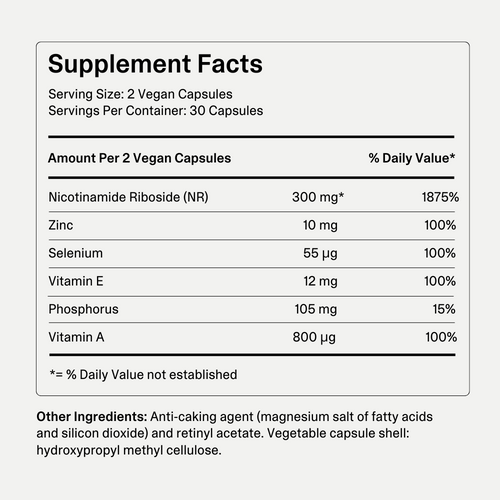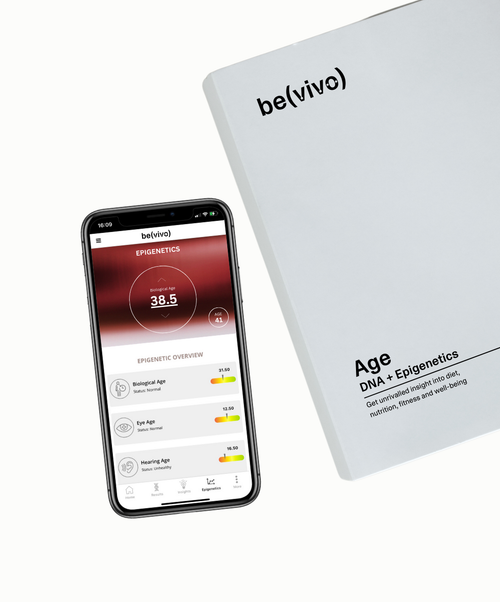In the pursuit of a long and healthy life, fitness stands out as one of the most effective strategies. Regular physical activity not only enhances your quality of life but also significantly contributes to longevity. This article explores the various ways fitness promotes longevity and offers practical tips to incorporate exercise into your daily routine.
The Science Behind Fitness and Longevity
Numerous studies have established a strong link between physical activity and increased lifespan. Exercise helps in several key areas that contribute to longevity:
Cardiovascular Health
Regular physical activity strengthens the heart, improves blood circulation, and lowers blood pressure. These benefits reduce the risk of heart disease, one of the leading causes of death worldwide.
Weight Management
Maintaining a healthy weight through exercise helps prevent obesity, which is associated with various chronic diseases such as diabetes, heart disease, and certain cancers.
Metabolic Health
Exercise enhances metabolic functions, helping regulate blood sugar levels and reducing the risk of type 2 diabetes.
Bone and Muscle Strength
Weight-bearing exercises improve bone density and muscle mass, reducing the risk of osteoporosis and frailty, common concerns as we age.
Mental Health
Physical activity is known to boost mood and reduce symptoms of depression and anxiety. A healthy mind is crucial for a long, fulfilling life.
Inflammation and Immune Function
Regular exercise reduces chronic inflammation and boosts the immune system, helping the body fend off diseases more effectively.

Types of Exercise for Longevity
To reap the maximum benefits, it's essential to incorporate different types of exercise into your routine:
-
Aerobic Exercise: Activities like walking, running, cycling, and swimming elevate your heart rate and improve cardiovascular health. Aim for at least 150 minutes of moderate-intensity or 75 minutes of high-intensity aerobic exercise per week.
-
Strength Training: Lifting weights or using resistance bands helps build muscle and bone strength. Include strength training exercises at least two days a week.
-
Flexibility and Balance: Yoga, Pilates, and tai chi improve flexibility, balance, and coordination, reducing the risk of falls and injuries.
-
High-Intensity Interval Training (HIIT): This involves short bursts of intense exercise followed by rest or low-intensity exercise. HIIT is efficient for improving cardiovascular fitness and burning calories.

Tips for Incorporating Fitness into Your Daily Routine
Starting and maintaining a fitness routine can be challenging, but these tips can help you stay on track:
-
Set Realistic Goals: Begin with achievable goals and gradually increase the intensity and duration of your workouts.
-
Find Activities You Enjoy: Choose exercises that you find enjoyable to make fitness a pleasurable part of your routine.
-
Stay Consistent: Consistency is key. Aim to incorporate some form of physical activity into your daily routine, even if it's just a short walk.
-
Mix It Up: Keep your workouts interesting by varying your activities. This prevents boredom and works different muscle groups.
-
Listen to Your Body: Pay attention to how your body feels and avoid overexertion. Rest and recovery are crucial components of a successful fitness regimen.
-
Seek Support: Join fitness classes, find a workout buddy, or hire a personal trainer to stay motivated and accountable.
Conclusion
Fitness is a powerful tool in promoting longevity and enhancing the quality of life. By incorporating regular physical activity into your routine, you can significantly reduce the risk of chronic diseases, improve mental health, and maintain physical strength and mobility as you age. Remember, it's never too late to start.

























